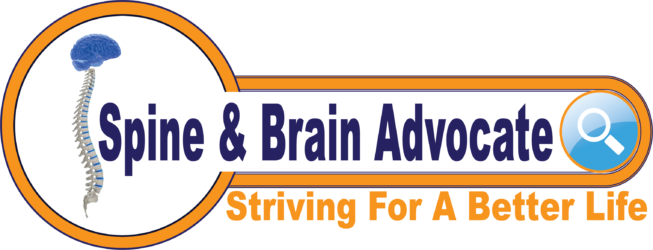Joint Instability and Osteoarthritis
Joint Instability and Osteoarthritis (USA) Reference
Joint instability can be a huge burden for individuals, leading to conditions like osteoarthritis. This page will shed some light on joint instability and how it can lead to osteoarthritis. We will look at treatment options and which order they are considered.
What is Joint Instability:
First, it is important to understand that a joint is a point where two or more bones come together, allowing movement and providing support for the head, body, arm, foot, toes, back, shoulders, knees etc. Due to many reasons, a joint may move beyond its normal range of motion or get injured, resulting in pain, discomfort and difficulty in movement; this is known as joint instability. The knee, ankle, and shoulder are prone to ligament injuries that cause joint instability. The knee is particularly prone to injury since it carries all the body’s weight. Once damaged, its ligaments and menisci can hinder mobility for an individual besides the intense flare-ups of pain.
What is Osteoarthritis?
This disease of the joints develops as the cartilage protecting the ends of bones in a joint gradually wears down. Cartilage is the smooth tissue covering the ends of bones, allowing the bones to glide easily against one another. Bones may start to rub against one another as it deteriorates. This leads to inflammation of the area, which causes joint discomfort, swelling, and stiffness. While there are several probable causes of osteoarthritis, the most common is due to injury, termed post-traumatic osteoarthritis.
What is the relationship between structure, instability and osteoarthritis?
So how do all those mentioned above relate? Our joints’ cartilage helps to distribute weight and provides a smooth surface for movement. This cartilage can be harmed by joint instability, which can result from wounds or other diseases. When this happens, it can lead to the development of osteoarthritis over time. Osteoarthritis causes further damage to the joints, leading to discomfort, stiffness, and decreased mobility. So, it’s crucial to comprehend how joints function and how they can become unstable to prevent and treat osteoarthritis. This has been illustrated in FIGURE 1.
FIGURE 1: Mechanism of joint instability induced osteoarthritis
How do I know if I have joint instability or OA?
While the former can lead to the latter, it is not always the case. Thus it is important to understand the differences. These have been tabulated in TABLE 1.
TABLE 1: Differentiation between joint instability and osteoarthritis
|
CATEGORY |
JOINT INSTABILITY |
OSTEOARTHRITIS |
|
Definition |
Joint moves beyond its normal range of motion |
The gradual breakdown of cartilage in a joint |
|
Causes |
Ligament or muscle injuries, inborn or developmental conditions, or degenerative joint disease |
Age-related wear and tear, injuries, obesity, and genetic factors |
|
Symptoms |
Pain, discomfort, and difficulty with movement |
Pain, stiffness, and reduced mobility |
|
Diagnosis |
Physical examination, imaging tests |
Physical examination, imaging tests |
|
Treatment |
Rest, physical therapy, surgery (in severe cases) |
Pain relief medications, physical therapy, joint replacement surgery (in severe cases) |
|
Prognosis |
This may lead to the development of osteoarthritis over time |
Progresses over time, leading to joint damage and potential disability |
What are the treatment options?
If you have osteoarthritis, this is normally treated with anti-inflammatory medications like NSAIDs. However, if your osteoarthritis is due to a previous injury or joint instability, this must be managed initially with non-surgical options. Yet if conservative treatment fails, a surgical repair is required. The readers should be informed that there is currently a lack of scientific evidence that supports ligament repair to counter post-traumatic osteoarthritis. The range of options is tabulated in TABLE 2.
TABLE 2: Treatment options available for joint instability-associated osteoarthritis
|
NON-SURGICAL |
SURGICAL |
|
Bracing/splinting |
Ligament repair/reconstruction |
|
Physical therapy |
Meniscus repair |
|
Activity modification |
Labrum repair |
|
Anti-inflammatory medicines |
Corrective osteotomy |
|
Intra-articular injection |
Joint arthroplasty (replacement) |
|
Prolotherapy |
Joint arthrodesis (fusion) |

